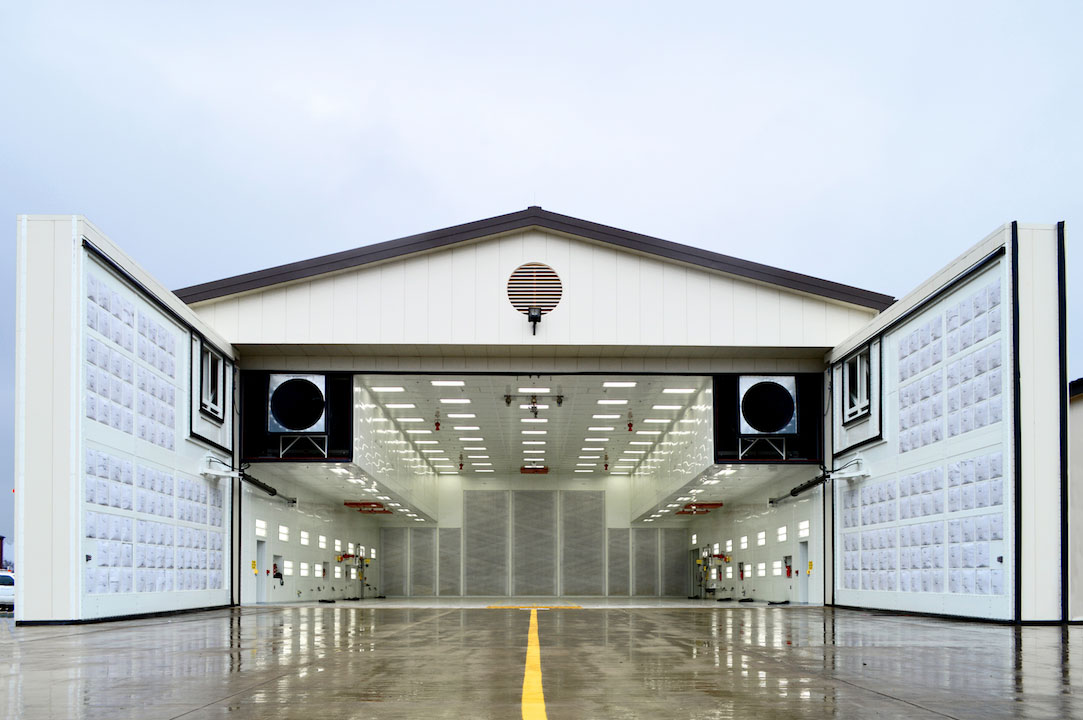Sustainable Design that Makes Cents

While there is a growing environmental consciousness, particularly among the younger generation, and an increasing interest in a built environment that has a smaller environmental “footprint”, it is also true that budget realities can often sideline these interests, in favor of what are viewed as more pragmatic concerns like increased building area. It is also true that in many areas of the country, the market demand for more environmentally friendly buildings is not sufficiently strong to drive developers and owners to create them.
GuernseyTingle has completed 9 LEED Certified buildings to date (over half of them LEED Gold), with several more underway, but to date, all but one have been for public sector clients. Why has the private sector (at least in our area) been so slow to seek LEED certification for their buildings? To answer the question, it may help to step back and take a brief look at the US Green Building Council’s (USGBC’s) LEED Certification System.
What LEED Certification is (and isn’t)
The USGBC was founded in 1993 to promote sustainability in building design, construction and operation. To promote this goal, it developed a voluntary certification process that provided architects and engineers a system to demonstrate compliance with objective standards of building performance and health. By designing and constructing buildings to comply with these standards, building professionals could both produce buildings that had reduced environmental impact, but were more cost efficient to operate and healthier for building occupants. While often successful in achieving these goals, buildings that are designed to achieve one of the levels of LEED certification do generally incur higher design and construction costs, so it requires an owner/developer to look beyond the “first cost” to justify the additional expense. It should be noted that LEED certification does not necessarily guarantee superior building performance. A 2013 investigation of LEED certified buildings in NYC done by the Washington examiner, revealed that many of the certified buildings actually performed considerably worse than buildings that were not designed to achieve certification. So, LEED certification is not a guarantee of performance.
Another Option
What we generally try to do for our clients when they do not want to incur the additional expense associated with LEED certification (and its associated documentation requirements) is to provide what we sometimes call “sustainable design that makes sense”. What building owner doesn’t want to pay less for energy and water costs? Even if not motivated by altruism, the economic benefit of efficient design makes sense to everyone. Good indoor air quality is also something that both improves the health and productivity of building occupants, and can improve the marketability of a property at little to no additional expense.
What are the key factors?
Building Envelope: Apart from factors like building location and designing to meet the owner’s functional and aesthetic goals, from a sustainability and efficiency standpoint, the most important issue is the performance of the exterior building envelope. If the exterior building skin is thermally efficient and has a good air barrier, it can significantly impact the size and cost of the HVAC system.
Efficient Lighting: Lighting can significantly impact building energy use. Fortunately, building codes are mandating increasingly stringent lighting efficiencies, and the use of things like daylighting and occupancy controls to turn off lights in spaces when not needed, or not occupied. The growing acceptance (and decreasing cost) of LED lighting has brought reductions in energy consumption and maintenance costs as a result of longer lamp life. LED light sources also offer greater control of color temperature and simplify dimming compared to fluorescent light sources.
Efficient HVAC Systems: Market forces and code requirements are driving increased efficiencies in mechanical equipment and improvements in control systems that can result in considerable energy savings. While these savings are possible, these systems require careful design, skillful installation, and ongoing attention to building controls in order to achieve desired comfort levels, moisture control, and projected energy savings. Commissioning of HVAC systems by an independent commissioning agent is recommended, in order to make sure that these systems are operating as they were intended. You don’t want to spend money on a good system, only to discover that an installation mistake or improper operation has voided the projected energy savings.
Water Savings: With the development of much more water-efficient plumbing fixtures in recent years, it is not difficult to achieve substantial water savings compared to older buildings. Increasing use of native plant species and drought-tolerant plantings have also reduced water use for landscaping. In some cases, storage of rainwater from the roof in underground storage structures has made sense as a strategy to reduce storm water impacts and to provide water to support irrigation of landscaping.
Indoor Air Quality: It is much easier than it used to be to find products and materials that make it possible to maintain excellent indoor air quality. Because of public demand and increasing health problems as a result of poor indoor air quality, manufacturers have brought products to market that have drastically reduced off-gassing of toxic substances. With care both in design and during construction, it is now possible to maintain much healthier indoor environments than was once the case. Improvements in our understanding of building science have also made us much more careful in designing building envelopes and mechanical systems to avoid creating moisture problems within our buildings that could result in compromised air quality.
In Summary
With care during the design and construction, we can now enjoy much more highly-performing buildings than used to be possible. Whether or not LEED certification is sought to document the building’s performance, significant improvements in the quality of our indoor environment, and significant reductions in water and energy use and costs are possible if we design and construct our buildings in a way that “makes cents”.
